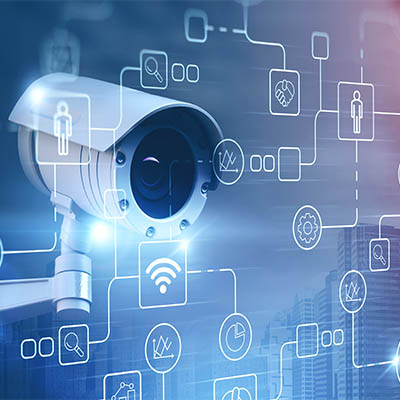From an employee’s perspective, one of the most frustrating issues that could be present in the workplace is leadership that proves to be inconsistent. This lack of managerial consistency can wind up causing some serious problems and is often demonstrated through a variety of repeated behaviors.
For all its benefits, remote work can introduce plenty of complications. These complications can easily make employees question a lot of things about their careers, including whether or not they should continue working for the same company they have been. This has been particularly the case amongst workers with children also in the home.
Generally speaking, we all get way too much screen time nowadays, between the workstations we all spend our days in front of to the televisions we watch in the evening to the mobile devices that are never far out of reach. While plenty of people have weighed in on the subject, some of the most interesting insights come from scholarly research: the more notifications a person gets, the more their productivity suffers.
The Windows operating system comes with more than its fair share of capabilities, many of which are accessible through the appropriate keyboard shortcut. Because remembering so many would be a challenge for some (and impossible for most) we’ve put together a list of those associated with the letters found on the keyboard, with a few extras tacked on for good measure. Make sure to take note of any you may find the most useful.
Per our role as cybersecurity professionals, part of our responsibility is to put the developing threats out there in the world into perspective for the clientele that we serve. After all, with so many modern threats seeming to border on science fiction, it is only natural for smaller organizations to assume that their size will protect them from such attacks through simple lack of interest—or even that such threats will never be used practically at any significant scale. Unfortunately, these assumptions are too often mistaken.
While we would never suggest that remote work is a bad thing, it wouldn’t be right for us to pretend that it is a perfect solution. It just isn’t. For a few glaring examples, let’s turn to the complicated impact that remote work can have on the environment. While we’ll still acknowledge the benefits of remote solutions, this kind of reflection may just help you to determine how to shape your business’ future: namely, how much of that future will be based on remote operations.
Working from home has made it clear to many that they weren’t prepared to do so—not by a long shot. In addition to the many other stresses that came with these challenging times, the lack of a sufficient and proper workspace has proved to have its impacts on the human body. To perhaps help remedy this, we wanted to offer a few considerations that might help a remote worker benefit ergonomically.
Working from home adds quite a few additional wrinkles into the workday, including a few that pertain to your team’s communicative capabilities. With many different people operating at their best through different forms of communication, establishing which of these forms best suits your needs is crucial. Let us consider some of the options you have, whether you’re fully investing in a future of remote operations, or simply planning a more hybrid approach as time passes.
Many small and medium-sized businesses don’t consider making physical security investments if they already have some type of workable solution in place. The problem is that there have been a lot of innovative moves made that would make those investments strategically smart at the time. So, while a physical security upgrade may not be a priority for your business, we thought we’d go through some of the tools used, and how they have improved.
Have you ever been using your computer and you realize the operational indicator light next to your webcam is activated, only to realize that you never closed the video conference you were just on? Well, what would happen if you noticed it and you didn’t have that software up and running? If you are not an exhibitionist, it would likely freak you out to know that someone might be looking at you as you use your computer. Today, we will get into what to do to ensure that you aren’t being spied on through your webcam.










